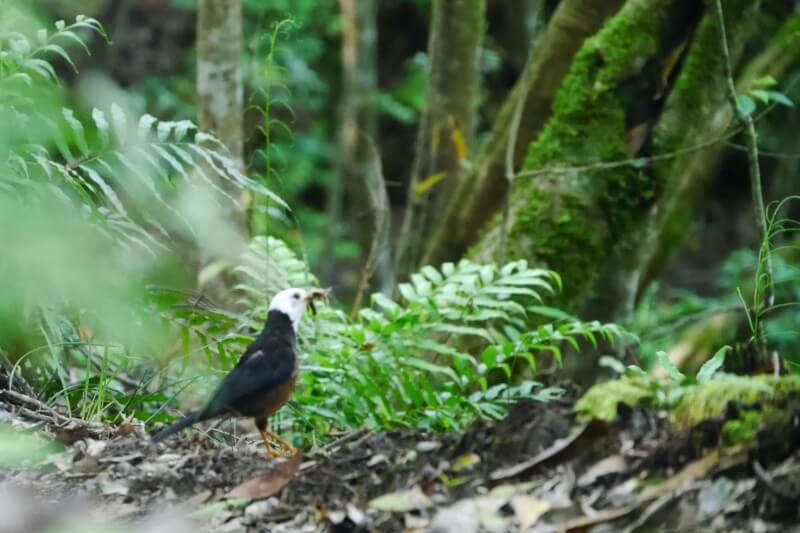Head deep into the misty and moist forest-covered hills of Hsinchu county’s Jianshi Township to Smangus (司馬庫斯) and Cinsbu (鎮西堡), two neighboring hillside communities that are home to hiking trails known for their ancient cypress trees.
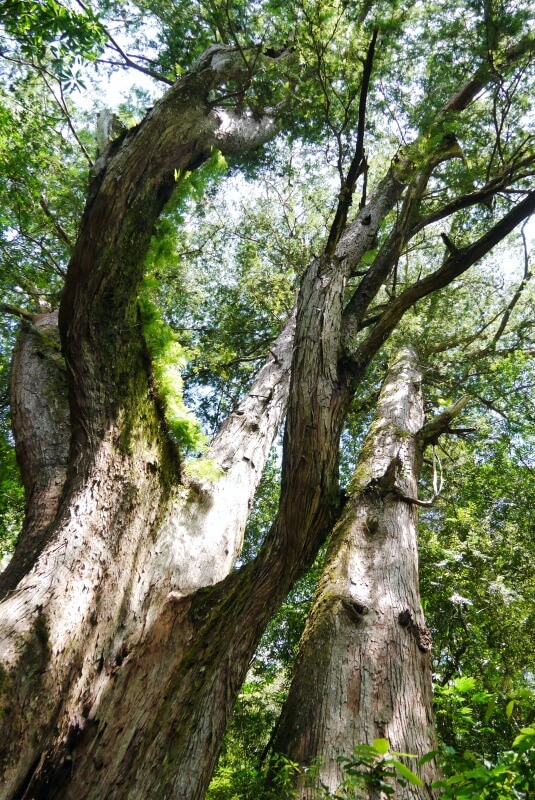
Smangus (司馬庫斯) is a remote communalist village home to the indigenous Atayal people. Previously cut off from the outside world, it didn’t have electricity until 1979 and the road in and out of the community wasn’t completed until 1995.
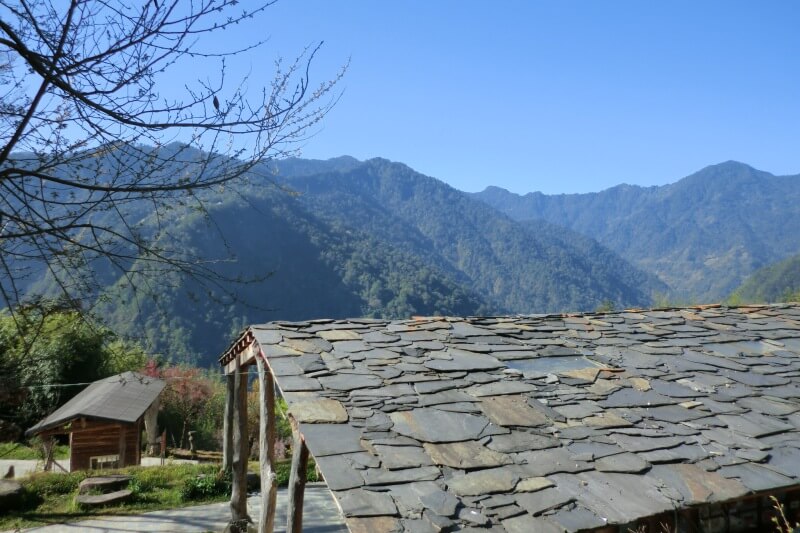
Cinsbu’s divine tree area is home to more than 200 red cypresses amongst other giant trees, with hikers climbing for up to four hours at a time just to marvel at these magnificent natural wonders. Read on for a quick guide to hiking in the magical surrounds of Jianshi (尖石鄉). (Read more: A seashore trek along the Alangyi trail)
Visit the Giant Trees
Starting at a restaurant/café overlooking the valley below, the Smangus Giant Tree Trail is a 5km hike ranging from easy to moderate difficulty. First passing through a beautiful bamboo forest, the hike progresses through broadleaf forests before you reach the ancient tree grove, home to a pocket of cypress trees that are potentially thousands of years old. An enchanting and secluded area, here you’ll find Taiwan’s third largest tree, a cypress boasting a trunk diameter of 16m. That’s a thick tree!(See also: Hiking in Taiwan: Forest Trails, Hot Springs, and Riding the Rails in Taipingshan)
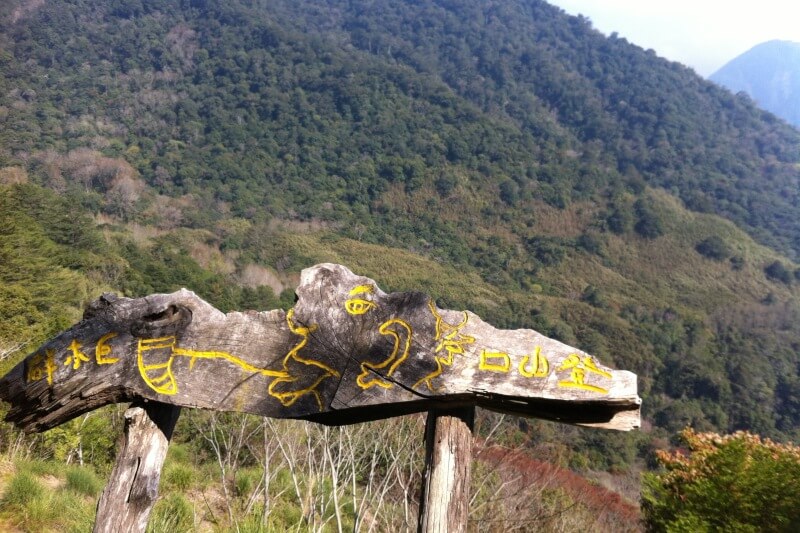
Another trail to tackle is the Cinsbu Giant Tree Trail in Zhenxibao. 13km in length and slightly more challenging (but not much) than its Smangus counterpart. Also packed with trees, the more famous ones on this trail include “Adam,” “Eve” and “The King.”
Starting with an ascent up a steady incline, the trail reaches a junction of sorts, heading to either Grove A or Grove B. Grove A is the tougher route and leads to Poison Dragon Pond (毒龍潭). Grove B is both easier and more popular, boasting far more cypress trees along the route, including the aforementioned “Adam,” “Eve” and “The King,” the latter being at least 2,500 years old. (Discover more forests: Travel Deeper to Bakulas: A Tribal Wonderland Hidden in the Forest)
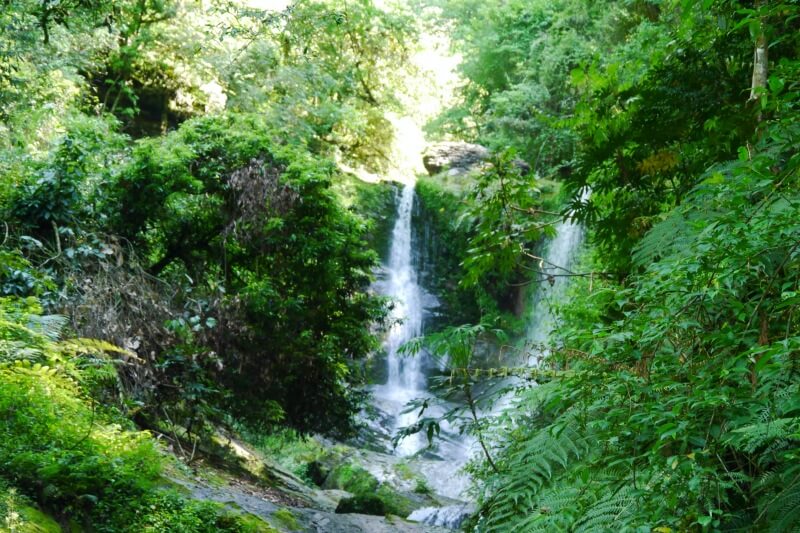
The tree-lined trails here are sights to behold, packed with natural beauty and a prehistoric feel as you pass under cypresses that have stood for hundreds, if not thousands, of years.
Experience Smangus’ Cooperative Community
Along with its secluded location and beautiful cypress tree surrounds, one thing that makes Smangus such a unique place is that it is Taiwan’s only cooperative community. This means that in Smangus, the residents divide up their work and distribute their income equally. The locals also receive subsidies for healthcare and education and have a long-term focus on sustainable development.
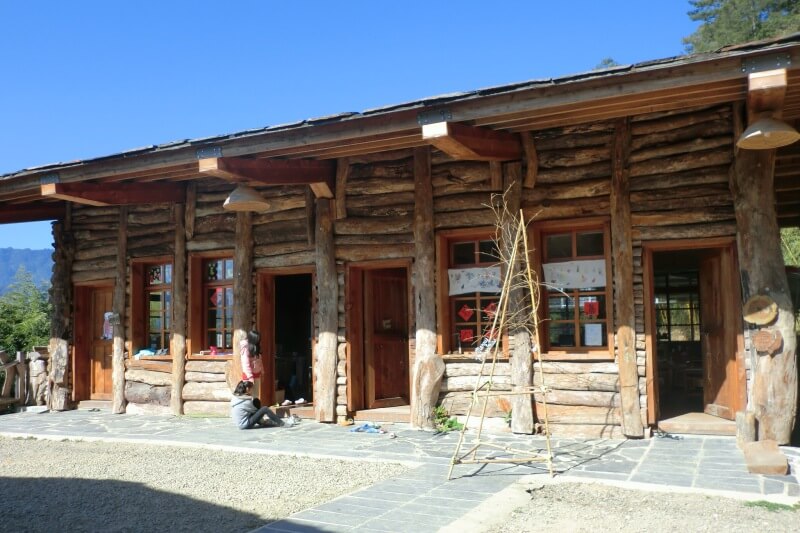
Speaking to Taiwan Panorama in 2018, village chief Masay Sulung said of the community’s sustainability: “Atayal people led the way, searching for a space for the survival of future generations in the mountain forests of central and northern Taiwan. Today, how could we not make every effort to meet the expectations of our forebears, and not struggle to unite together and defend our homeland?”
You can stay with the community at one of their guest houses and get a taste of the cooperative lifestyle, as well as joining in with various other tribal activities, such as song and dance, and mochi making. (You may also like: A Day of Indigenous Culture in Eastern Taiwan)
Visit Some Unique Sites
As well as hiking, cypress trees, and the Smangus community, take sometime to pass by Xingguang Elementary School (新光國小) and see its experimental outdoor classroom, complete with a blackboard and seats out amongst the trees. Also, be sure to go and marvel at the architecture of Cinsbu’s Atayal Er Zhonghui Church. Black walls and white stones, it was built by the locals using stones from the local Xiuluan Creek as well as white Hualien marble.
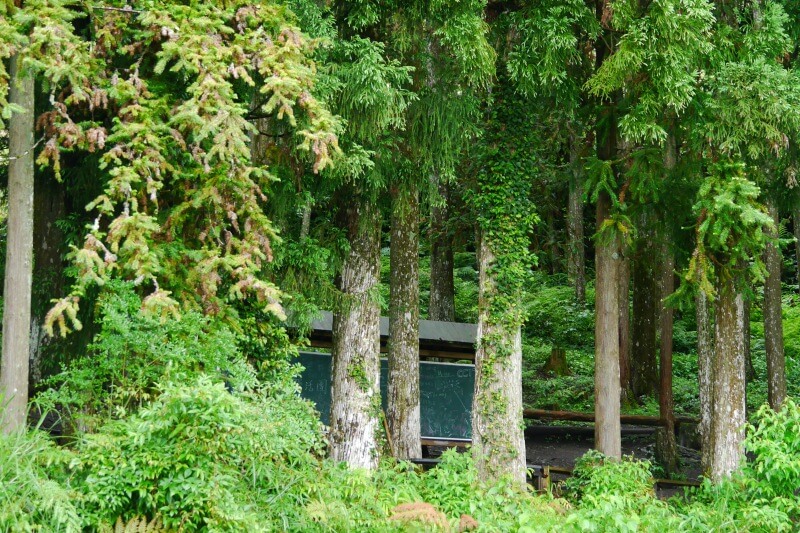
How to Get There
Smangus is approximately a 2.5-hour drive from Hsinchu City via 竹60鄉道. You can get to Hsinchu via HSR and TRA train, as well as inter-city bus.
